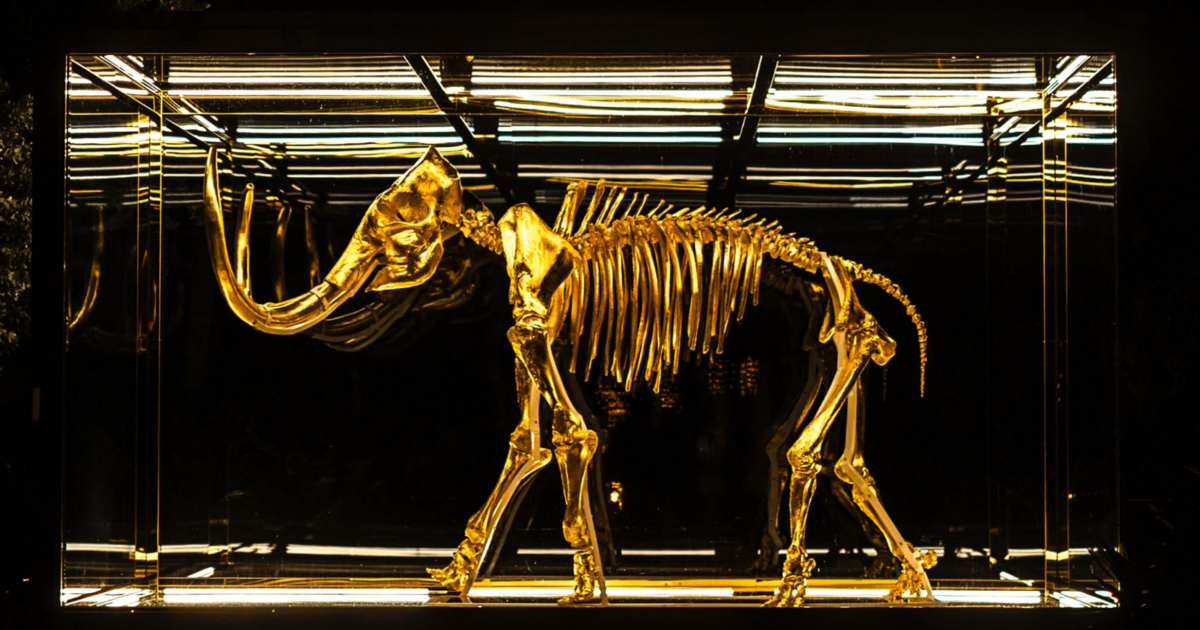Today in Labor History August 1, 1921: Sheriff Sid Hatfield and Ed Chambers were murdered by Baldwin-Felts private cops. They did it in retaliation for Hatfield’s role in the Matewan labor battle in 1920, when two Felts family thugs were killed by Hatfield and his deputies. Sheriff Hatfield had sided with the coal miners during their strike. The private cops executed Hatfield and Chambers on the Welch County courthouse steps in front of their wives. This led to the Battle of Blair Mountain, where 20,000 coal miners marched to the anti-union stronghold Logan County to overthrow Sheriff Dan Chaffin, the coal company tyrant who murdered miners with impunity. The Battle of Blair Mountain started in September 1921. The armed miners battled 3,000 police, private cops and vigilantes, who were backed by the coal bosses. It was the largest labor uprising in U.S. history, and the largest armed insurrection since the Civil War. The president of the U.S. eventually sent in 27,000 national guards. Over 1 million rounds were fired. Up to 100 miners were killed, along with 10-30 Baldwin-Felts detectives and 3 national guards. They even dropped bombs on the miners from planes, the second time in history that the U.S. bombed its own citizens (the first being the pogrom against black residents of Tulsa, earlier that same year).
Several novels portray the Battle of Blair Mountain, including Storming Heaven, by Denise Giardina, (1987), Blair Mountain, by Jonathan Lynn (2006), and Carla Rising, by Topper Sherwood (2015). And one of my favorite films of all time, “Matewan,” by John Sayles (1987), portrays the Matewan Massacre and the strike leading up to it. The film has a fantastic soundtrack of Appalachian music from the period. And the great West Virginia bluegrass singer, Hazel Dickens, sings the title track, "Fire in the Hole." She also appears in the film as a member of the Freewill Baptist Church.
You can read my complete article on the Battle of Blair Mountain, and Matewan, here: https://michaeldunnauthor.com/2024/04/14/the-battle-of-blair-mountain/
#workingclass #LaborHistory #mining #westvirginia #strike #union #police #vigilantes #uprising #racism #riots #blackwallstreet #film #novel #books @bookstadon






![Cover of The Rebel Girl by Joe Hill. Show a woman, likely Flynn, in a black skirt and white blouse, holding a red flag on a long pole. The flag says “One Big Union.” There is also a boy shown, waving his hat in the air. And someone else holding a stack of papers. By [1], Public Domain, https://commons.wikimedia.org/w/index.php?curid=2555561 Cover of The Rebel Girl by Joe Hill. Show a woman, likely Flynn, in a black skirt and white blouse, holding a red flag on a long pole. The flag says “One Big Union.” There is also a boy shown, waving his hat in the air. And someone else holding a stack of papers. By [1], Public Domain, https://commons.wikimedia.org/w/index.php?curid=2555561](https://mastouille.fr/system/cache/media_attachments/files/114/988/481/651/168/109/small/d850dc63646b4284.jpg)







